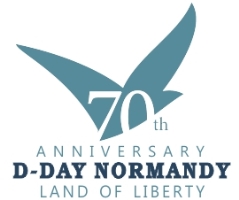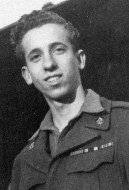George Ciampa was born in Boston in 1925. He tried to join the Army Air Forces at age 18 but was turned down because of poor eyesight. Ultimately, he was drafted into the regular Army. He was one of 160,000 Allied soldiers who stormed a heavily defended French coastline on June 6, 1944. He was assigned to the 607th Graves Registration Company, a unit responsible for gathering and identifying the dead.
As bullets zipped overhead, Pfc. George Ciampa, 18, combed the bomb-battered beach for the bodies of fallen soldiers, emptying their pockets and hunting for their personal effects like photos, watches, letters, ...
"On the beach, all you saw was bodies. And we had to gather them all," says Ciampa. Some of the soldiers had been blown to pieces, others were burned beyond recognition. A few lay peacefully in the sand, as if they had died a natural death.
Ciampa says he developed a fear of death as a young boy when he peeked into the coffin at his grandfather's wake. And yet here he was, a soldier rushing from one body to the next on one of the deadliest battlefields in all of modern warfare.
On D-Day, Ciampa's first duty was to recover the bodies of paratroopers who had mistakenly been dropped into the English Channel rather than on land and had drowned under the weight of their chutes. He landed on Utah Beach hours after the initial landing, but long before the fighting had ended, and began the meticulous task of gathering the dead.
After Normandy, Ciampa spent eleven months moving across Europe with the invasion force, processing bodies, both American and German, every day. Some men became inured to daily contact with death, but to Ciampa, handling bodies never got any easier.
"One day, I broke down, and I just couldn't do it. And my lieutenant pulled out his .45 and said, 'Get back to work,'" Ciampa says. "They didn't care how you felt or what you were going through, you just had to do your job. And that's what my job was. I sure as hell didn't like it, but I had to do it."



